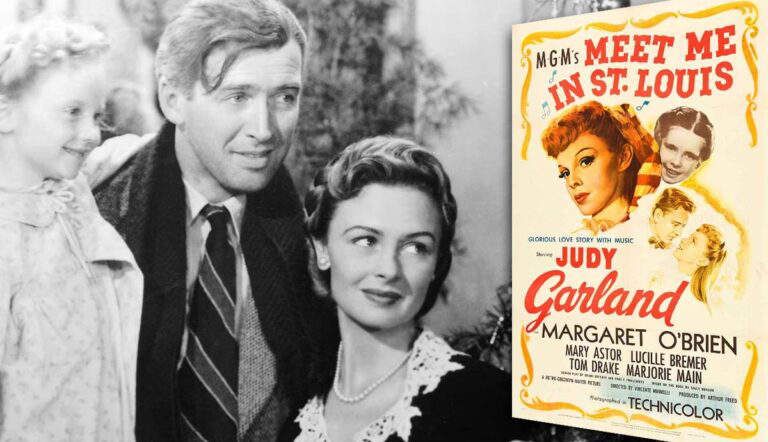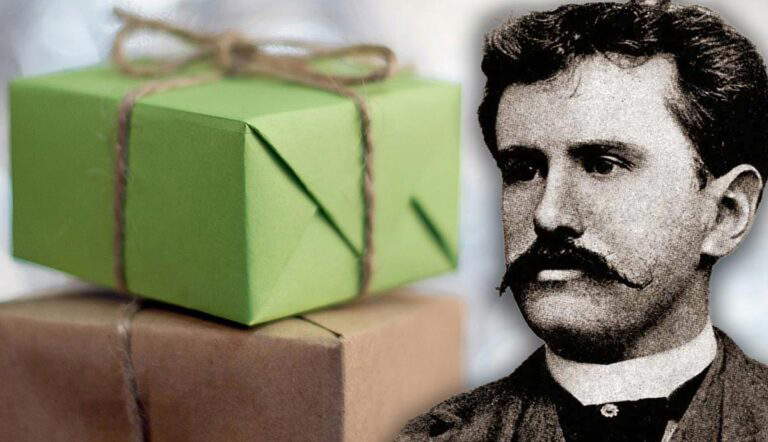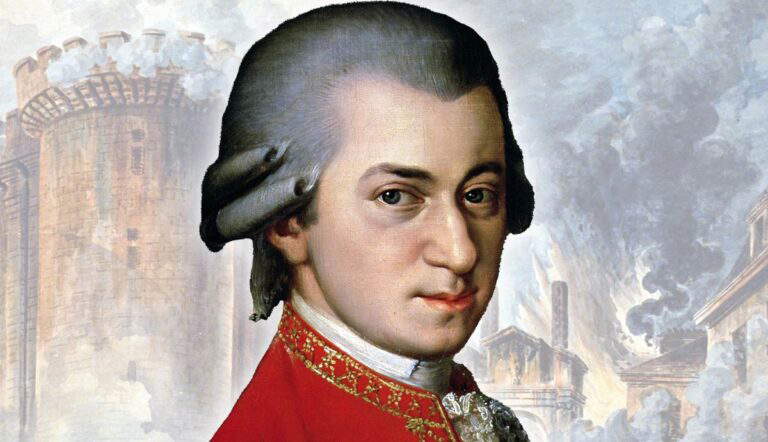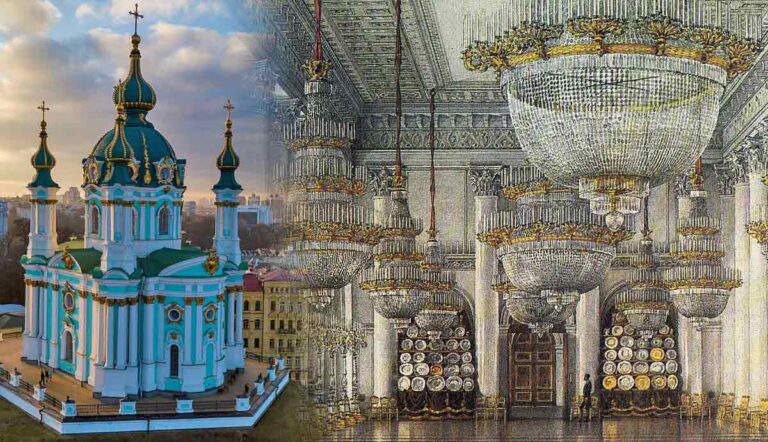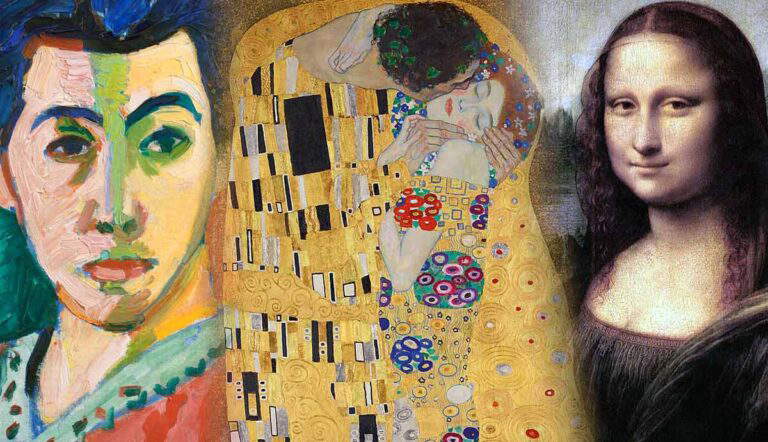From classical masterpieces to contemporary installations, explore the expressions that have shaped cultures, sparked emotions, and inspired generations.
Familiar stories take on new meanings when translated to the screen, and none more so than the Christmas films that shape the holidays.
Albrecht Dürer's Melencolia I is the most popular engraving among scholars, and it has been studied for centuries. Still, it hides too many unsolved mysteries.
Christmas poems varied in sentiment throughout the 1800s. From joyous to heartbreaking, these poems have been treasured ever since.
The US’s most inspiring small towns for art lovers, with desert installations, coastal galleries, public murals, and vibrant festivals.
Performed for the first time in Vienna in 1786, Mozart’s opera The Marriage of Figaro seemed to foreshadow the imminent French Revolution.
Charles Dickens’s "A Christmas Carol" created the archetype of a redemption tale rooted in Christmas. Alexander Payne’s 2023 film "The Holdovers" reimagines this theme.
A complete timeline of the top art movements in Western history, including core traits, famous artists, and must-see works.
African masks radically impacted modern Western art, inspiring the movements of Expressionism and Cubism.
- …

